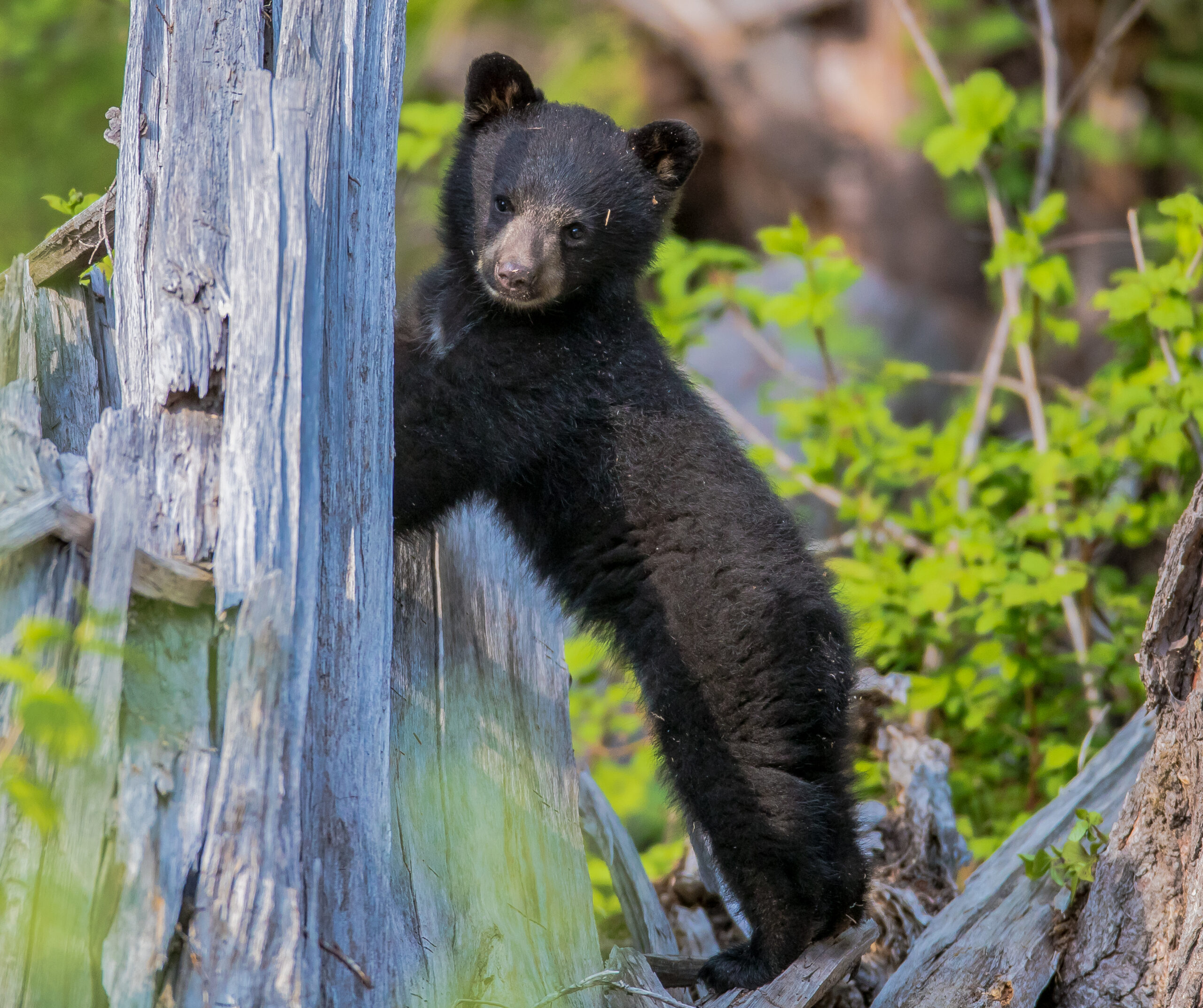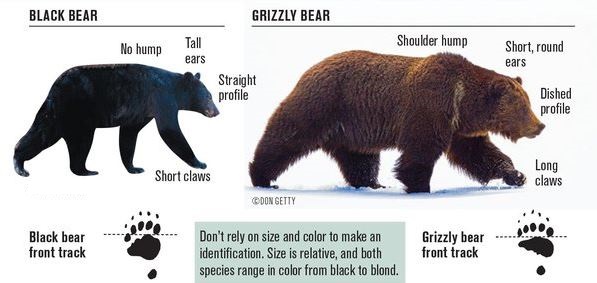
Bear Safety
Your Guide to Whistler’s Bears
The most common type of bear in British Columbia is the black bear. There are approximately 50 resident black bears living in and around Whistler. As the seasons change, Whistler’s bears begin to emerge from hibernation and search of food. This often brings bears into town. With warmer temperatures and longer days, encounters with bears are more likely, especially on golf courses, trails, and near Whistler Blackcomb.
To ensure everyone’s safety, it’s important to educate yourself and others about bears. It’s also crucial to keep your home free of bear attractants and dispose of garbage in a bear-proof manner. Do NOT leave any garbage outside.
If you encounter a bear while walking your dog or near your vacation rental, it’s important to keep a safe distance and give them space to graze. When hiking, it’s recommended to do so in groups, be loud, and carry bear spray. Never interact with bear cubs, as this can be seen as a threat by the mother bear.
If you’re interested in viewing bears from a safe distance you can join a Bear Viewing Tour, which takes you to active feeding sites, daybeds, and dens used for hibernation during winter months. The guides will also teach you about these amazing creatures.
Black Bear
- Shoulder lies level or flat with back/lacks shoulder hump.
- Rump is higher than front shoulders.
- Face profile is straight from between the eyes to tip of muzzle.
- Ears are taller and more oval shaped and can appear to be very prominent on the head.
- Front claws are less than 2 inches long and curved.
- Toes are separated and fairly arced. A line drawn under the big toe across the top of the pad runs through the top half of the little toe on black bear tracks. Claw marks do not always show in the tracks.
- Black bears are smaller than brown bears, standing 2 – 3.5 feet at the shoulder when on all fours.
Grizzly Bear
- Distinctive shoulder hump.
- Rump is lower than shoulder hump.
- Face profile appears dished in between the eyes and tip of the snout.
- Ears are short and round.
- Front claws are slightly curved and 2-4 inches longs, depending on how much digging the individual bear does.
- Toes are close together, and form a farily straight line. A line drawn under the big toe across the top of the pad runs through or below the bottom half of the little toe on grizzly/brown bear tracks. Claw marks are often visible in the tracks.
- Brown bears are larger than black bears, standing 3-5 feet at the shoulder when on all fours.
